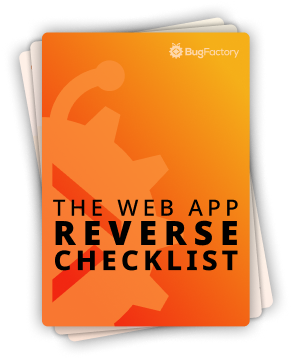Function Definition Basics
by Christoph Schiessl on Python
Today, I want to kick off a series of articles to explore Python's Function Definition statement. Superficially, this is a really simple topic, but as always, the devil is in the details. I believe almost all developers will discover new features they have never even heard of before, or at least they will discover some edge cases they are unaware of.
To prove my point, here is the full grammar for Function Definitions in Python, taken from the official Language Reference:
funcdef ::= [decorators] "def" funcname [type_params] "(" [parameter_list] ")"
["->" expression] ":" suite
decorators ::= decorator+
decorator ::= "@" assignment_expression NEWLINE
parameter_list ::= defparameter ("," defparameter)* "," "/" ["," [parameter_list_no_posonly]]
| parameter_list_no_posonly
parameter_list_no_posonly ::= defparameter ("," defparameter)* ["," [parameter_list_starargs]]
| parameter_list_starargs
parameter_list_starargs ::= "*" [parameter] ("," defparameter)* ["," ["**" parameter [","]]]
| "**" parameter [","]
parameter ::= identifier [":" expression]
defparameter ::= parameter ["=" expression]
funcname ::= identifier
Doesn't look trivial at all, right? The grammar will be our guide because it must, by definition, describe all the features that Python has to offer. The simplest function that we can possibly define is something like the following:
def foo():
pass
As you can see, this is a function named foo, which doesn't take any parameters and doesn't return anything. So, let's put it into a console session so that we can play with it:
Python 3.12.1 (main, Jan 1 2024, 16:22:47) [GCC 13.2.1 20230801] on linux
Type "help", "copyright", "credits" or "license" for more information.
>>> def foo():
... pass
...
The function is defined now, and we can call it without parameters:
>>> foo()
>>> print(foo())
None
>>> type(foo())
<class 'NoneType'>
As you can see, it returns nothing, or rather it returns None, which is the only instance of NoneType. However, if we do supply positional parameters or keyword parameters, it raises a TypeError exception, informing us about the unexpected parameters:
>>> foo(1)
Traceback (most recent call last):
File "<stdin>", line 1, in <module>
TypeError: foo() takes 0 positional arguments but 1 was given
>>> foo(a=1)
Traceback (most recent call last):
File "<stdin>", line 1, in <module>
TypeError: foo() got an unexpected keyword argument 'a'
So far, so good. Next up, we can ask Python about the type of foo:
>>> type(foo)
<class 'function'>
And this is very interesting because functions are not special; they are just instances of the class function. So, knowing that functions are, in fact, function objects, we can ask Python to give us the list of methods and properties that are defined on our function object:
>>> dir(foo)
['__annotations__', '__builtins__', '__call__', '__class__', '__closure__', '__code__', '__defaults__', '__delattr__', '__dict__', '__dir__', '__doc__', '__eq__', '__format__', '__ge__', '__get__', '__getattribute__', '__getstate__', '__globals__', '__gt__', '__hash__', '__init__', '__init_subclass__', '__kwdefaults__', '__le__', '__lt__', '__module__', '__name__', '__ne__', '__new__', '__qualname__', '__reduce__', '__reduce_ex__', '__repr__', '__setattr__', '__sizeof__', '__str__', '__subclasshook__', '__type_params__']
>>> len(dir(foo))
38
Our trivial function has 38 methods and properties, and all of them are dunder methods! Just to give you one example, we can ask the function object foo to give us the name with which it was originally defined:
>>> foo.__name__
'foo'
>>> bar = foo
>>> bar.__name__
'foo'
Long story short, functions are objects, and these objects come with a rich set of features that we can leverage in numerous ways. I hope this short introduction has piqued your curiosity and made you eager to learn more. As always, please don't hesitate to reach out if you have any comments or questions.

